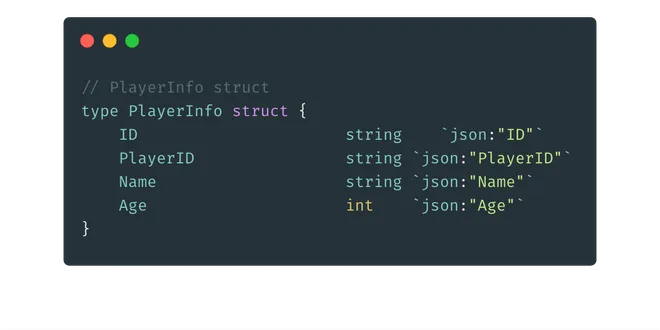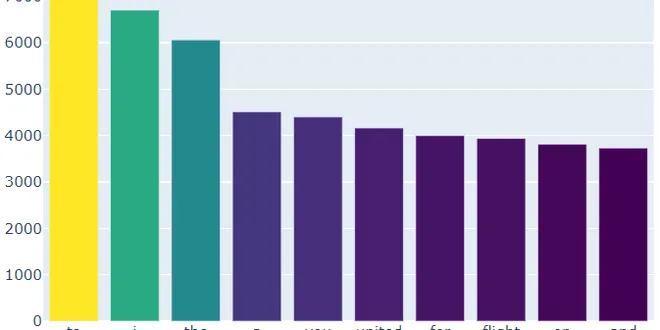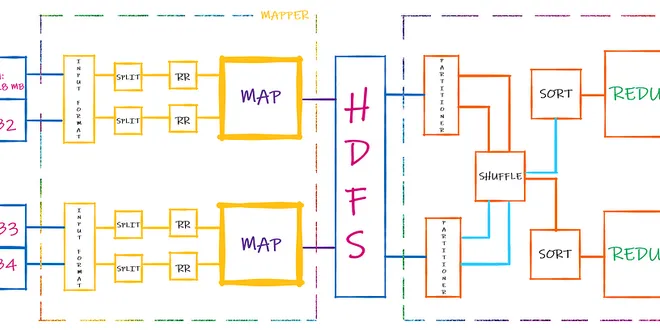Data Science & Developer Roadmaps with Chat & Free Learning Resources
map-reduce
MapReduce is a programming model designed for processing large datasets in a distributed computing environment. Introduced by Google in 2004, it allows for the efficient handling of vast amounts of data by breaking down tasks into smaller, manageable components. The model consists of two primary functions: the “Map” function, which processes input data and generates key-value pairs, and the “Reduce” function, which aggregates these pairs to produce a final output. This approach enables parallel processing across multiple machines, enhancing scalability and fault tolerance, making it a cornerstone of big data processing frameworks like Hadoop and Spark.

A Simple MapReduce in Go
Hadoop MapReduce is a software framework for easily writing applications that process vast amounts of data (multi-terabyte data-sets) in-parallel on large clusters (thousands of nodes) of commodity…
📚 Read more at Level Up Coding🔎 Find similar documents

Understanding MapReduce
MapReduce is a computing model for processing big data with a parallel, distributed algorithm on a cluster. It was invented by Google and has been largely used in the industry since 2004. Many…
📚 Read more at Better Programming🔎 Find similar documents

Introduction to MapReduce
MapReduce is a programming framework for distributed parallel processing of large jobs. It was first introduced by Google in 2004, and popularized by Hadoop. The primary motivation of MapReduce was…
📚 Read more at Analytics Vidhya🔎 Find similar documents

How Map Reduce Let You Deal With PetaByte Scale With Ease
Map Reduce is the core idea used in systems which are used in todays world to analyse and manipulate PetaByte scale datasets (Spark, Hadoop). Knowing about the core concept gives a better…
📚 Read more at Analytics Vidhya🔎 Find similar documents

MapReduce: Simplified Data Processing on Large Clusters
MapReduce is an interface that enables automatic parallelization and distribution of large-scale computation while abstracting over “the messy details of parallelization, fault-tolerance, data…
📚 Read more at Level Up Coding🔎 Find similar documents

Understanding MapReduce with the Help of Harry Potter
MapReduce is an algorithm that allows large data sets to be processed in parallel, i.e. on multiple computers simultaneously. This greatly accelerates queries for large data sets. MapReduce was…
📚 Read more at Towards Data Science🔎 Find similar documents

Processing Data At Scale With MapReduce
In the current market landscape, organizations must engage in data-driven decision-making to maintain competitiveness and foster innovation. As a result, an immense amount of data is collected on a da...
📚 Read more at Towards Data Science🔎 Find similar documents

MapReduce in C from Scratch Using Threads: Map
Borrowing from functional programming, the MapReduce team realized a lot of different problems could be divided into two common operations: map, and reduce. This meant as long as you could frame your…...
📚 Read more at Towards Data Science🔎 Find similar documents

Simplifying the MapReduce Concept with Python, SQLite, and a Sentiment Dataset
MapReduce is a programming model designed for processing large datasets by dividing the task into two main functions: Map and Reduce. The Map function processes input data and produces key-value pairs...
📚 Read more at Python in Plain English🔎 Find similar documents

MapReduce
Simplifying the MapReduce Framework
📚 Read more at Towards Data Science🔎 Find similar documents

What is MapReduce good for?
I’m working on a video series for O’Reilly that aims to de-mystify Hadoop and MapReduce, explaining how mere mortals can analyze massive data sets. I’m recording the first drafts of my segments now, a...
📚 Read more at Pete Warden's blog🔎 Find similar documents

MapReduce with Python
MapReduce with Python is a programming model. It allows big volumes of data to be processed and created by dividing work into independent tasks. It further enables performing the tasks in parallel…
📚 Read more at Python in Plain English🔎 Find similar documents

